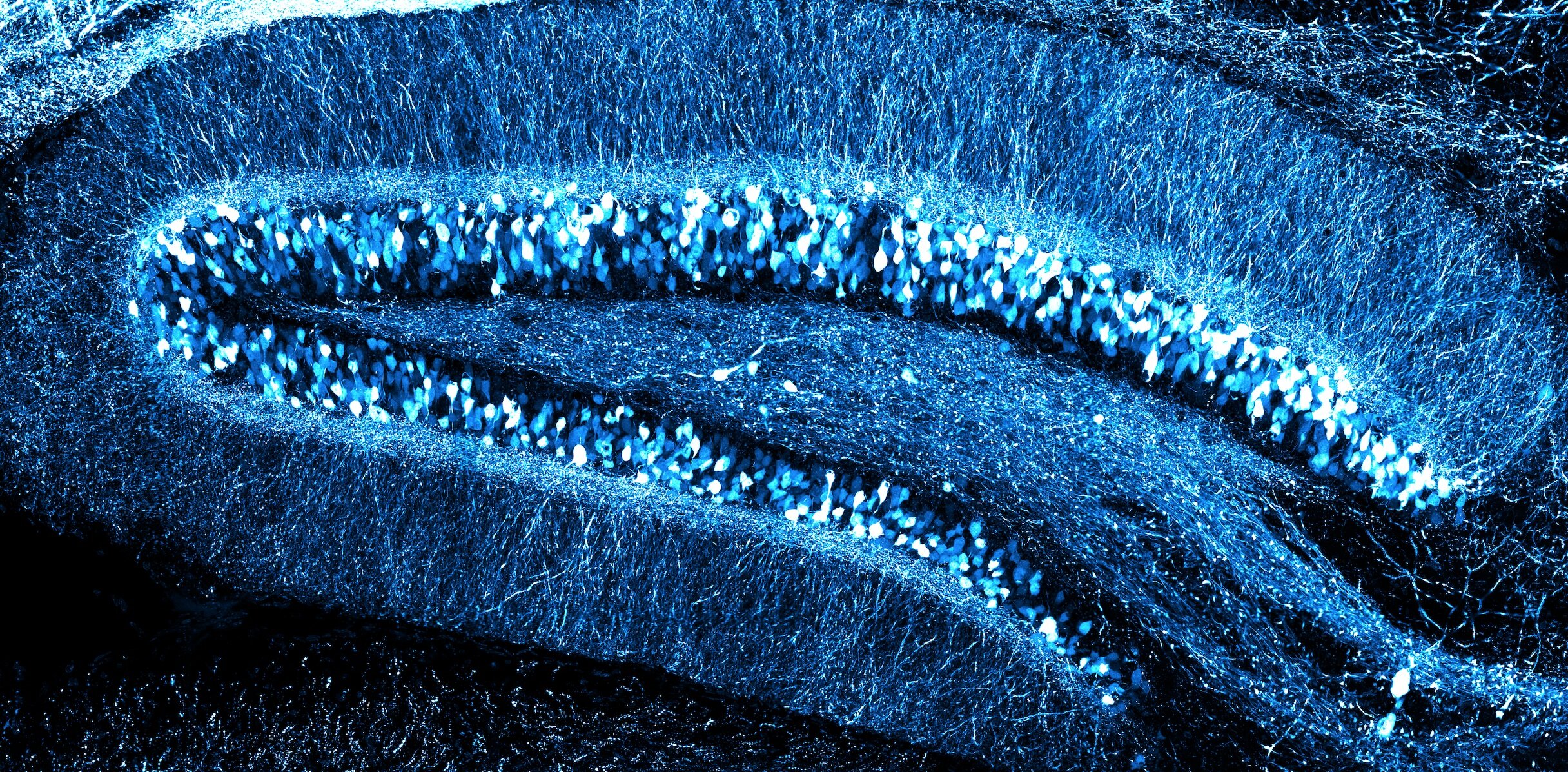Buildup of DNA damage in the brain has been linked to a number of neurodevelopmental, psychiatric, and neurodegenerative disorders. For instance, loss-of-function mutations in many DNA damage repair pathways are known to cause various forms of neurological disease that are characterized by central nervous system (CNS) inflammation and neurodegeneration. In addition, aging-associated accumulation of DNA damage has also been reported to be a major driver of inflammation and tissue loss in various organs including the brain. While great strides have been made in identifying the types of processes that generate DNA damage in the brain, the molecular pathways that coordinate the neuroinflammation and CNS cell loss that underlie these disorders currently remain poorly defined. In our recent studies, we have discovered novel immune-based DNA damage sensors that coordinate neuronal cell death and promote neurological dysfunction and disease.

